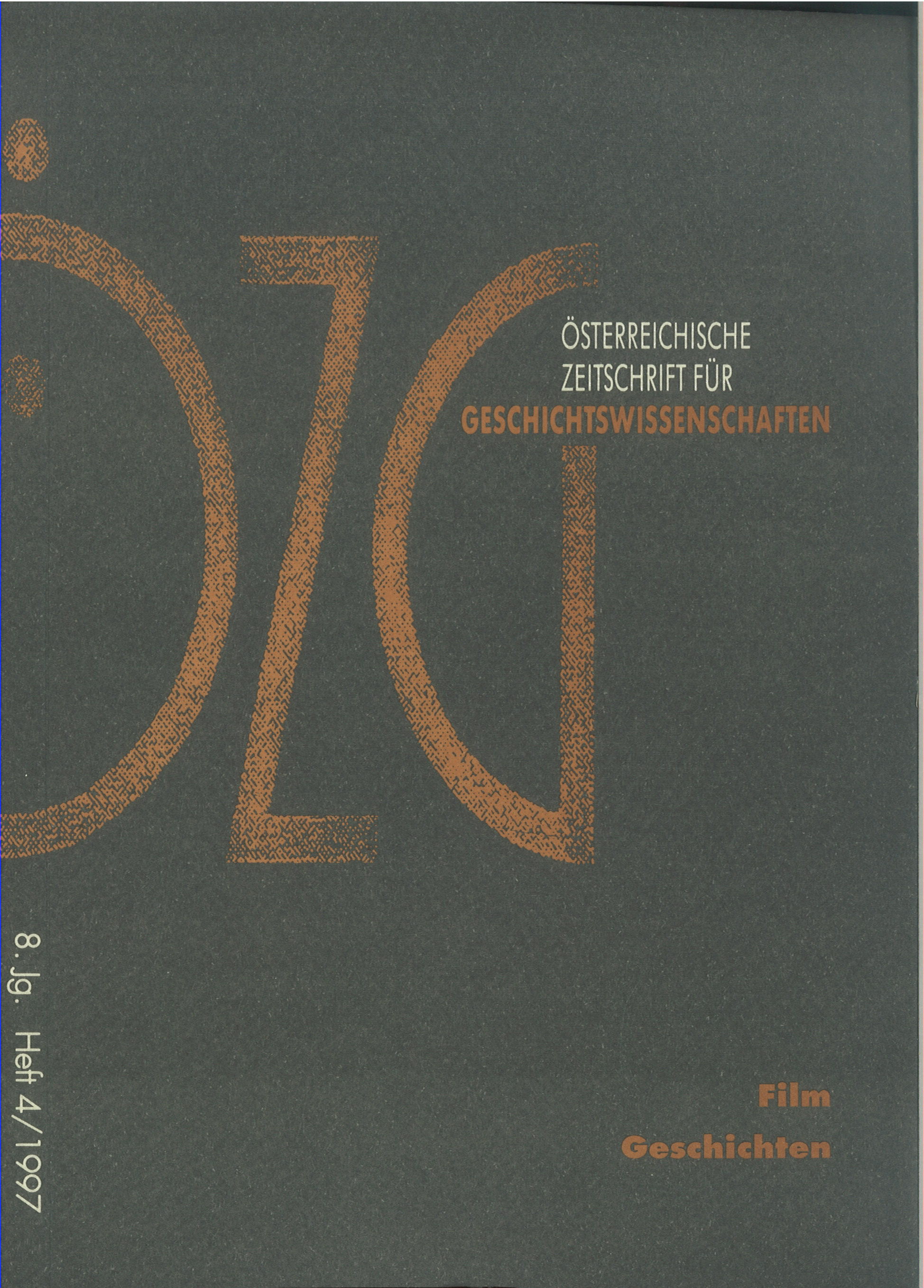Geschichtsverlauf und Bildstillstand
Zu Liliom von Fritz Lang
DOI:
https://doi.org/10.25365/oezg-1997-8-4-5Abstract
Fritz Langs Liliom of 1934, which was made in France and marked a significant stage in the director's career between Berlin and Hollywood, anticipates the courtroom scene from Fury, a film famous for its social realism. The spectator is in both cases elevated into the position of a privileged witness, because he is shown things, which have already happened or are being retold. These constitute not simply repetitions of a certain event in identical or digressing versions for the sake of narration, they rather represent the power of the cinematic apparatus, the power of the structuring gaze of the film. Bringing the film to a halt within the film, does not only immobilize the story, but also represents a symbolic endeavour to revoke history. The crime, which in Das Testament des Dr. Mabuse of 1933 runs its inescapable course, can in the fictional heavens of Liliom always be revised by repetition and standstill, and later - as in Fury - be dealt with by the means of democracy.


